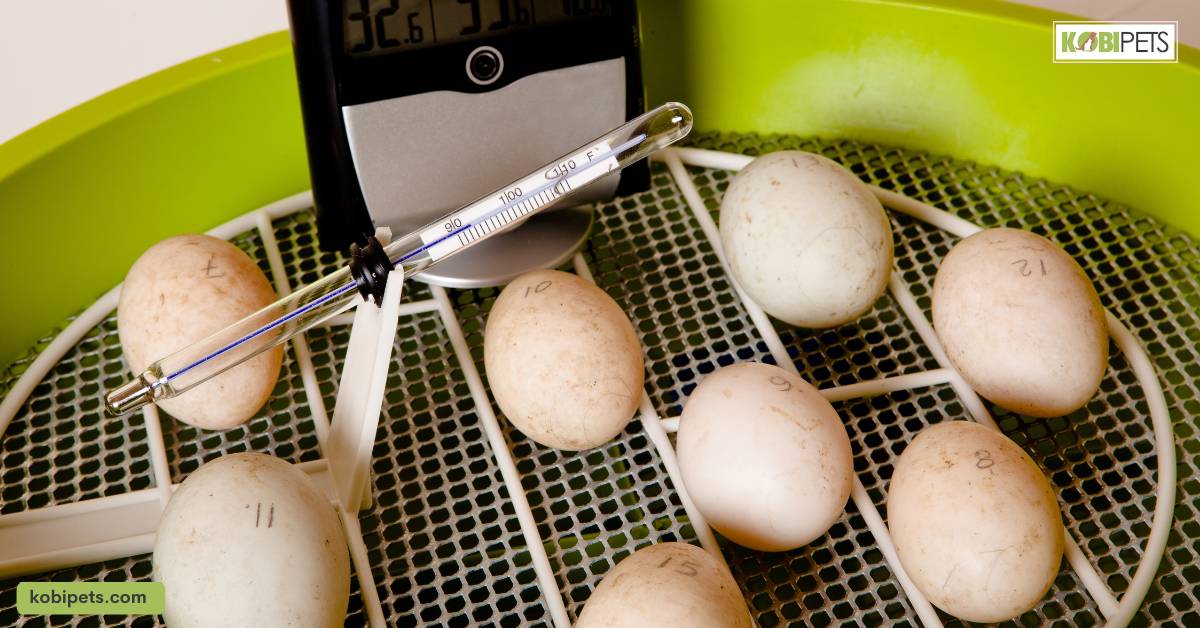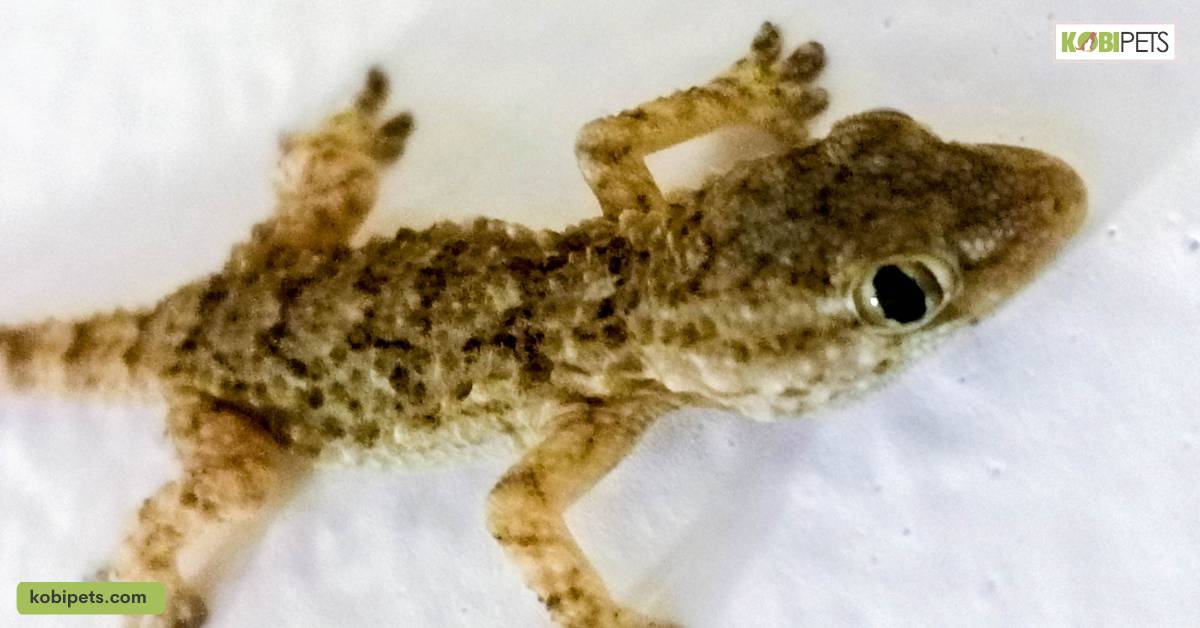Leopard geckos are fascinating creatures, and incubating their eggs can be a truly rewarding experience. But how exactly do you go about it? Incubation is a delicate process that requires careful attention to detail in order to ensure the best possible chance of hatching healthy baby geckos.
To incubate leopard gecko eggs, select healthy ones and prepare an incubator with controlled temperature (80-84°F) and humidity (80-90%). Turn eggs once a day and monitor progress for 35-45 days. Once hatched, move geckos to a separate enclosure with food and water.
Preparation for Incubation
Before incubating leopard gecko eggs, it’s essential to ensure that you have all the necessary materials and that your incubator is ready for use. Here are a few steps to follow to prepare for incubation:
Step 1: Gather materials
To incubate leopard gecko eggs, you’ll need a few materials, including an incubator, a hygrometer, a thermometer, vermiculite, a small container, and a marker. You’ll use these items to monitor and regulate the temperature and moisture levels inside the incubator. Make sure you have everything you need before you begin.
Step 2: Choose an incubator
Leopard gecko eggs require a consistent temperature of about 85°F to 90°F (29°C to 32°C) for successful incubation. You can choose between a forced-air incubator or a still-air incubator. Forced-air incubators provide a more consistent temperature throughout the enclosure, while still-air incubators require a bit more attention to achieve the same result.
Step 3: Test your incubator
Before using it for leopard gecko eggs, check the temperature and humidity levels in your incubator. You may need to adjust the settings or add water to the container if it’s a still-air incubator. For a forced-air incubator, you can skip this step. Leave your incubator to reach the temperature and moisture level for a few hours, to ensure that it operates correctly.
Step 4: Prepare your substrate
Create a substrate bed in a small container using vermiculite. Vermiculite is a lightweight, moisture-retaining material that helps to maintain optimal moisture levels for egg incubation. Make sure the vermiculite is damp but not soaking wet.
Step 5: Label your container
Before putting eggs on your substrate bed, use a marker to label your container with a unique identifier. These numbers will help you identify which eggs belong to which gecko, in case you have multiple geckos.
Setting Up the Incubator
Setting up an incubator for leopard gecko eggs is easy and straightforward. With the right materials, you can create a suitable environment that will help ensure successful egg incubation. Here are some steps to follow when setting up your incubator.
Steps:
- Choose a suitable container for your incubator. Make sure it is clean, dry and ventilated.
- Place your substrate bed in the container. If using vermiculite for the substrate, make sure it’s damp but not soaking wet.
- Position your hygrometer and thermometer inside the incubator to ensure that temperature and humidity levels can be monitored.
- Place the marked eggs onto the substrate, taking care not to turn or move them too much.
- Close the incubator, making sure it’s securely sealed so that no air can escape.
- Monitor the temperature and humidity levels regularly to ensure they stay within the required range for successful egg incubation.
- Your leopard gecko eggs should take around 60-70 days to hatch, depending on the temperature and humidity.
- Once your eggs have hatched, you can remove them from the incubator and transfer them to their new home.
- Clean the incubator thoroughly before storing it away for future use.
Temperature and Humidity Control
Temperature and humidity need to be closely monitored during leopard gecko egg incubation. Too much or too little of either can affect the eggs’ development or cause them to fail entirely.
For successful incubation, you should maintain a temperature of between 85°F and 90°F (29°C to 32°C). The ideal humidity should be between 50% and 60%. If you’re using a forced-air incubator, the temperature, and humidity can be self-regulating. However, if you’re using a still-air incubator, you’ll need to manually adjust the settings to ensure that the conditions remain within these parameters.
To monitor the temperature and humidity levels in the incubator, use a hygrometer and thermometer. Place them inside the enclosure to ensure that you can check the readings regularly. If temperatures or humidity are too high or low, make adjustments accordingly.
By carefully controlling the temperature and humidity during leopard gecko egg incubation, you’ll help to ensure that your eggs develop properly and hatch successfully. It’s important to be diligent in checking the readings, as a small change in either can have an adverse effect on the outcome of the incubation process.
Egg Positioning and Turning
Positioning and turning leopard gecko eggs is an essential part of the incubation process. Leopard gecko eggs should be placed on their sides in the substrate bed, with the pointed end slightly raised. This facilitates the circulation of air around the egg and helps prevent it from drying out too quickly.
It’s also important to turn the eggs regularly. Turning helps ensure that embryo development occurs evenly and reduces hatching times. For best results, you should turn your eggs two to three times a day, rotating them by 90 degrees each time.
Eggs should remain in their original positions until they are ready to hatch, as too much handling can cause damage or disruption of development. When it’s time to remove the eggs from the incubator, use a soft-bristled brush to carefully lift them out of the substrate bed.
Incubation Period and Monitoring Progress
Introduction: The incubation period for leopard gecko eggs can vary from 60 to 70 days, depending on the temperature and humidity of the environment. During this time, it’s important to monitor the progress of incubation to ensure that your eggs are developing properly.
Here are some steps you can take during incubation:
- Check the temperature and humidity levels daily to make sure they remain within the optimal range for egg incubation.
- Turn the eggs two or three times a day, rotating them by 90 degrees each time.
- Monitor your eggs closely for signs of hatching, such as cracks in the shell.
- If you detect any unusual odors or mold growing on the eggs, remove them from the incubator immediately and discard them.
- When your eggs are ready to hatch, use a soft-bristled brush to carefully lift them out of the substrate bed.
- Once your eggs have hatched, transfer the babies to their new home. By monitoring your eggs during the incubation period, you can ensure that they develop properly and hatch successfully. With proper care and attention, you can give your leopard geckos a healthy start in life!
Hatching and Post-Incubation Care
The hatching process for leopard gecko eggs usually takes between 60 and 70 days, depending on the temperature and humidity of the environment. When it’s time to hatch, you should see cracking or fissuring in the eggshells. After a few days, the babies will emerge from their shells and begin exploring their new environment.
Once they have hatched, it’s important to provide post-incubation care for your leopard geckos. Make sure the babies have access to food, water, and appropriate temperatures. Also, monitor them closely for any signs of illness or injury that may require immediate veterinary attention.
With proper post-incubation care, your leopard geckos will have a healthy start in life. By following these steps, you can ensure that your eggs hatch successfully and that your leopard geckos get off to the best possible start!
Troubleshooting Common Issues
When incubating leopard gecko eggs, it’s important to be aware of potential issues that can arise during the process. Fortunately, most problems are relatively easy to troubleshoot. Here are some common issues and how to address them:
- Temperature or Humidity Too High/Low: If the temperature or humidity is too high or low, adjust the settings of your incubator accordingly. For a forced-air incubator, you can do this by manually adjusting the thermostat or adding water to the container.
- Fungus/Mold Growing on Eggs: If you notice any fungus or mold growing on your eggs, remove them from the incubator immediately and discard them. This can be a sign of a bacterial infection that could spread to other eggs or cause health problems for your leopard geckos.
- Eggshells Cracking Too Early: If you notice cracking in the eggshells before the 60-70 day incubation period, this could indicate a problem with the incubation environment. Make sure the temperature and humidity are within the optimal range, and keep a close eye on your eggs for any signs of hatching.
In conclusion
Incubating leopard gecko eggs can be a rewarding experience for any reptile enthusiast. It is crucial to ensure that the eggs are kept in a suitable environment with the proper temperature and humidity levels. Additionally, regular monitoring and maintenance of the incubation setup are essential. Once the eggs hatch, it is important to provide the hatchlings with adequate care, including appropriate feeding and habitat conditions.

















